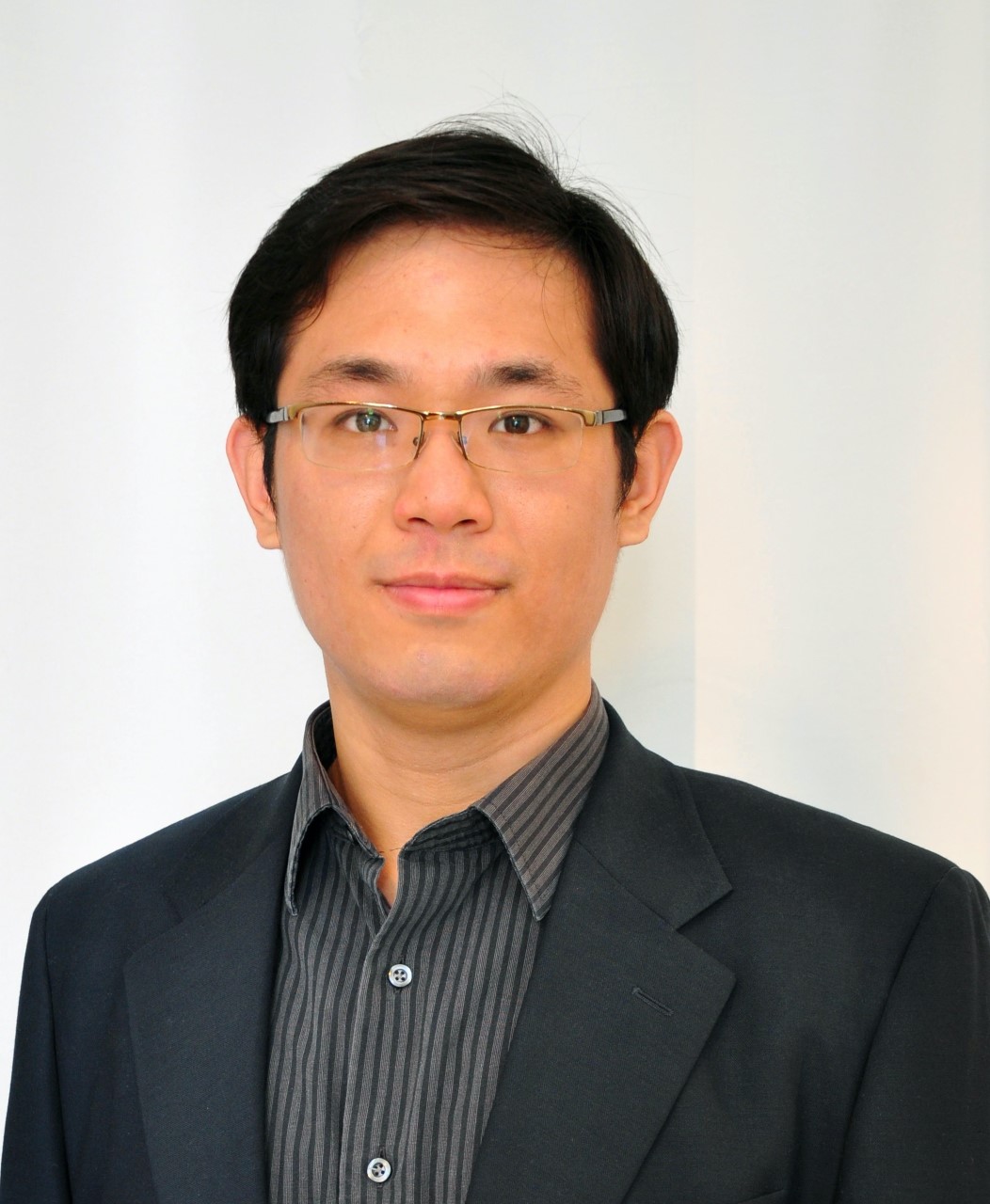National Science Foundation grant awarded to Professor Shen's research in nuclear physics
 Assistant Physics Professor Chun Shen was awarded a research grant by the National Science Foundation (NSF) for his proposal, "Quantitative Characterization of Quark-Gluon Plasma Properties with Dynamical Fluctuations." This grant will fund Shen's research for the next three years. He plans to develop a state-of-the-art theoretical framework to model the 3D dynamical evolution of stochastic fluctuations in relativistic heavy-ion collisions. This will thus help to unravel the nature of the QCD phase diagram.
Assistant Physics Professor Chun Shen was awarded a research grant by the National Science Foundation (NSF) for his proposal, "Quantitative Characterization of Quark-Gluon Plasma Properties with Dynamical Fluctuations." This grant will fund Shen's research for the next three years. He plans to develop a state-of-the-art theoretical framework to model the 3D dynamical evolution of stochastic fluctuations in relativistic heavy-ion collisions. This will thus help to unravel the nature of the QCD phase diagram.
Quantifying the phase structure of matter at extreme temperature and density has profound impacts on researchers' understanding of how quarks and gluons, the building blocks of nucleons, interact collectively. This helps them understand the property of the early Universe within the first microsecond after its creation in the Big Bang. High energy collisions of atomic nuclei create the Quark-Gluon Plasma (QGP), a new state of matter, at about two trillion degrees Kelvin (about 3.6 trillion degrees Fahrenheit). The QGP behaves like a nearly perfect fluid, which flows ten times better than water.
Shen's group will develop a new theoretical framework to model how small ripples evolve in the QGP fluid. By decoding these ripples' traces in the experimental measurements, Shen's team will quantify the properties of the QGP. They will also identify whether the phase transition from ordinary matter to the QGP is similar to the phase transition from liquid water to water vapor. This project interweaves nuclear physics, high-performance computing, and advanced machine learning techniques. The theoretical advancement in understanding the dynamics of such a strongly coupled many-body system can also be related to the fields of cold atomic physics, cosmology, and neutron star and black hole mergers.
Shen joined the Department of Physics and Astronomy at Wayne State in 2018. He is currently an adjoint research fellow at RIKEN BNL Research Center (RBRC).